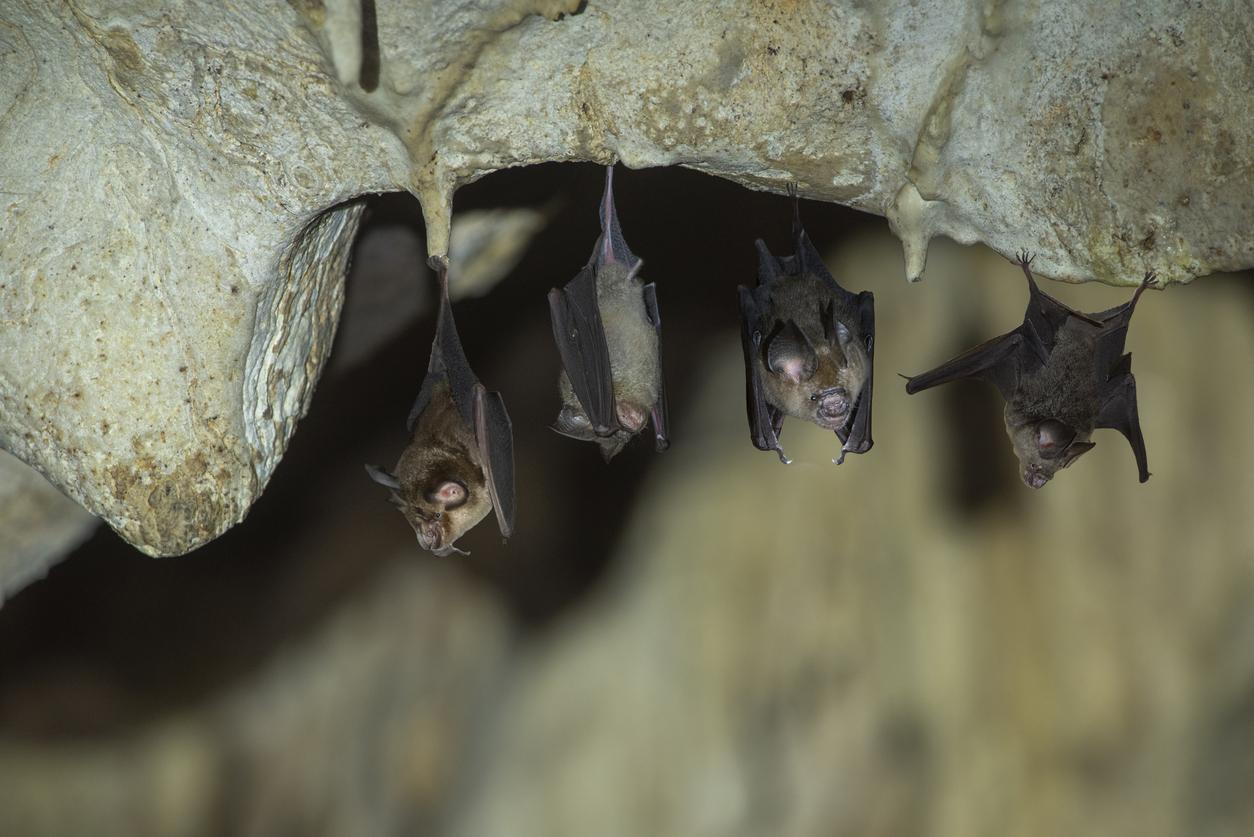In a new US study, genetic diseases were the most common antecedent of infant mortality with 41% of infant deaths.

- According to INSEE, the cases of infant death in France are 3.9 per 1,000 children born alive.
- A rate that has been increasing for 10 years (3.5 in 2012).
- Among the causes of this phenomenon are poverty and the lack of access to healthcare in certain territories: in addition to Mayotte and Guyana, it is in the West Indies, Réunion and Seine-Saint-Denis that has the highest infant mortality rates.
In a study on-line on February 9 in JAMA Network Openresearchers at the Rady Children’s Institute for Genomic Medicine (RCIGM), located in San Diego in the United States, found that the contribution of genetic diseases to childhood mortality was higher than previously recognized.
Of 112 infant deaths assessed, genetic diseases were found to be the most common antecedent of infant mortality with 47 identified genetic diseases causing a total of 41% of deaths.
Infant mortality: many cases could be avoided
39 (83%) of these diseases had previously been reported to be associated with infant mortality. The researchers also found that treatments believed to have a positive impact on outcomes were available for 14 of these genetic conditions (30%). In five of the seven infants in whom genetic diseases were identified post-mortem, death could have been avoided if prompt WGS diagnosis had been performed at the time of symptom onset or intensive care unit admission.
“At least 500 genetic diseases have effective treatments that can improve outcomes, and it appears that undiagnosed genetic diseases are a common cause of preventable death”said Stephen Kingsmore, President and CEO of RCIGM, in a communicated. “Wide use of genomic sequencing in the first year of life could have a far greater impact on infant mortality than has been recognized so far”he adds.
“There is an underdiagnosis of genetic diseases” in infants
“There is an underdiagnosis of genetic diseases. In fact, previous studies show that at least 30% of infant mortality death certificates have inaccuracies.”, underlined his colleague Christina Chambers, co-director of the study. The cohort study was conducted at Rady Children’s Hospital in San Diego and included 546 infants (112 infant deaths [20,5 %] and 434 infants [79,5 %] survivors) who underwent diagnostic whole genome sequencing between January 2015 and December 2020.
In addition to genetic diseases, globally, infectious diseases, including pneumonia, diarrhea and malaria, as well as premature births, birth asphyxia, trauma, and congenital anomalies remain the leading causes of death in children under 5 years old, according to the WHO.















